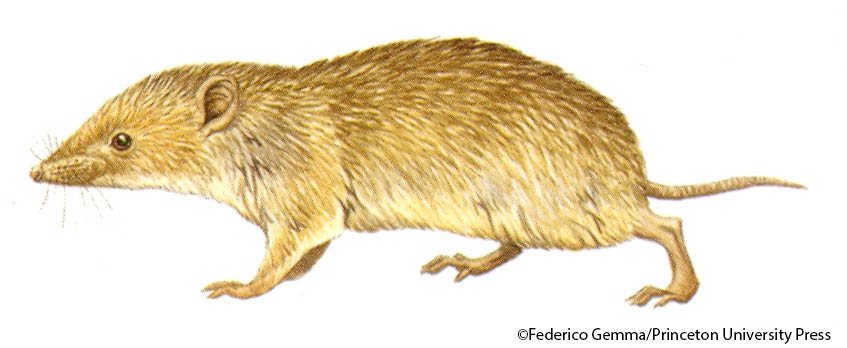About
The Hainan gymnure is the only member of its genus Neohylomys, with only 8 species of gymnure in total.
It looks similar to a rats or opossums, as they share similar habits and ecological niches, though they are not rodents, and they are more closely related to hedgehogs. The similarity to rats is due to convergent evolution, with shared characteristics that are independently adapted to aid with feeding and surviving in their shared ecological niche. Gymnures are believed to share the body plans of the earliest mammals, also resembling solenodons. They are restricted to the Chinese island of Hainan, with an occurrence less than 5,000 km². The evergreen forests they inhabit are cleared for timber and agricultural expansion. There is currently no population data for the Hainan gymnure, but it is inferred that their population is declining due to habitat loss.
- Order: Eulipotyphla
- Family: Erinaceidae
- Population: Unknown
- Trend: decreasing
- Size: 120-147mm
- Weight: 50-70g
EDGE Score
Distribution
The Hainan gymnure is restricted to mountainous areas in central and western parts of Hainan Island, off southern China.
Habitat and Ecology
Recorded from primary and disturbed tropical rainforest, apparently preferring areas with wood, or rock piles. Very little is known about the ecology of this species. As with most insectivores, the Hainan gymnure is nocturnal or crepuscular, and feeds on beetles and other insects.
